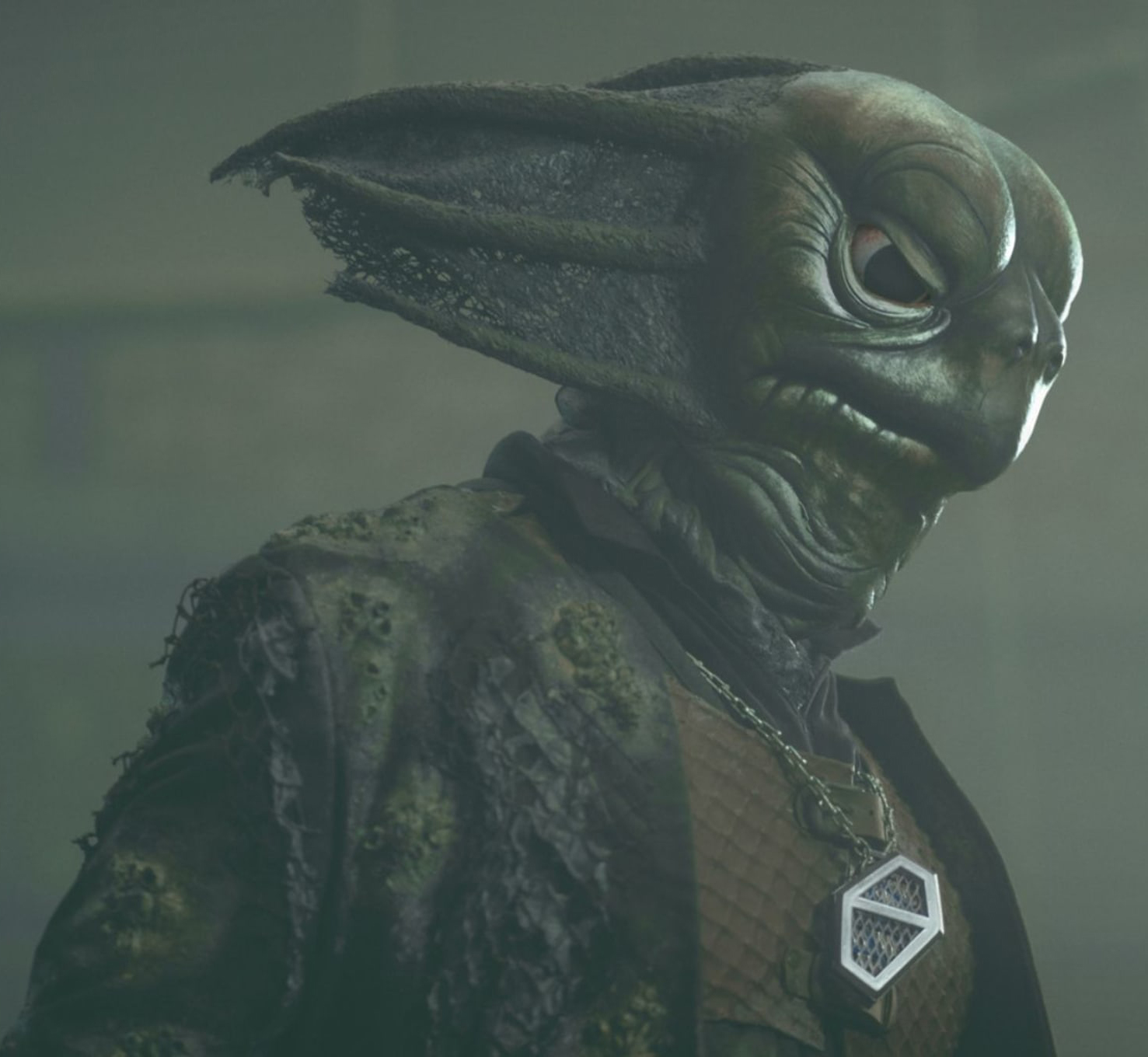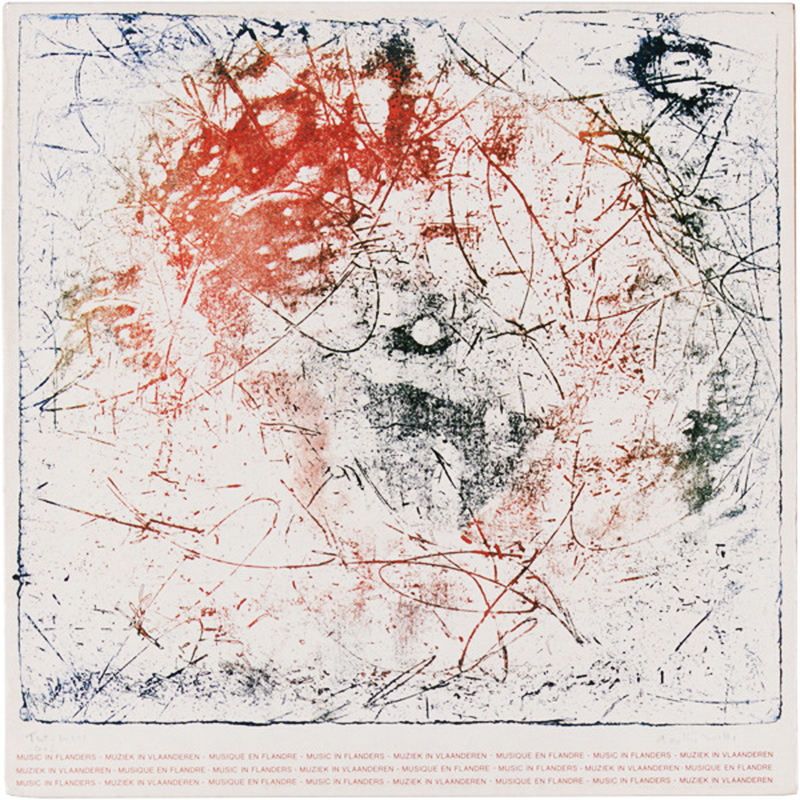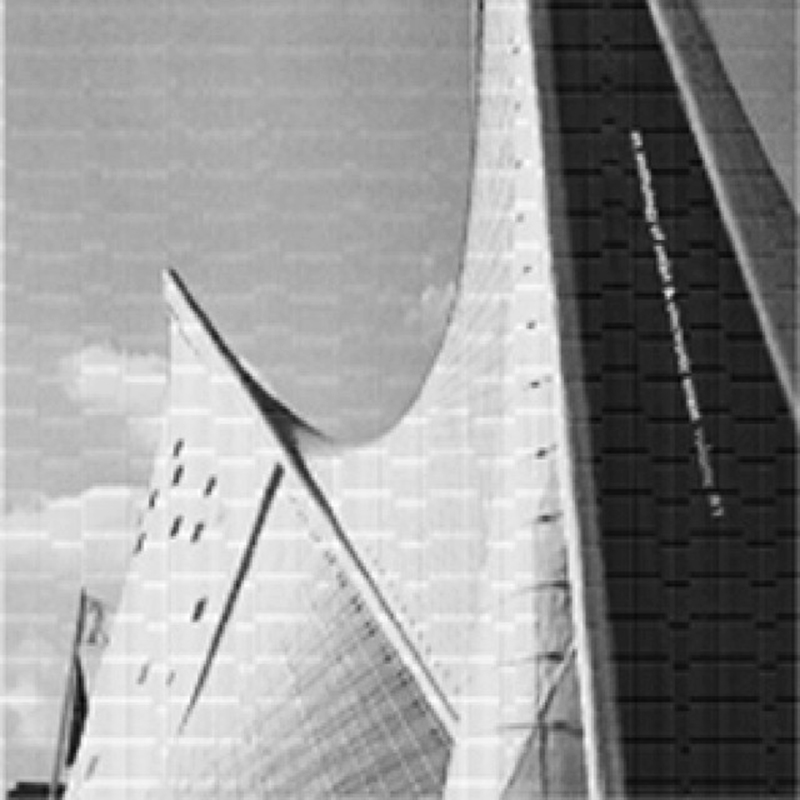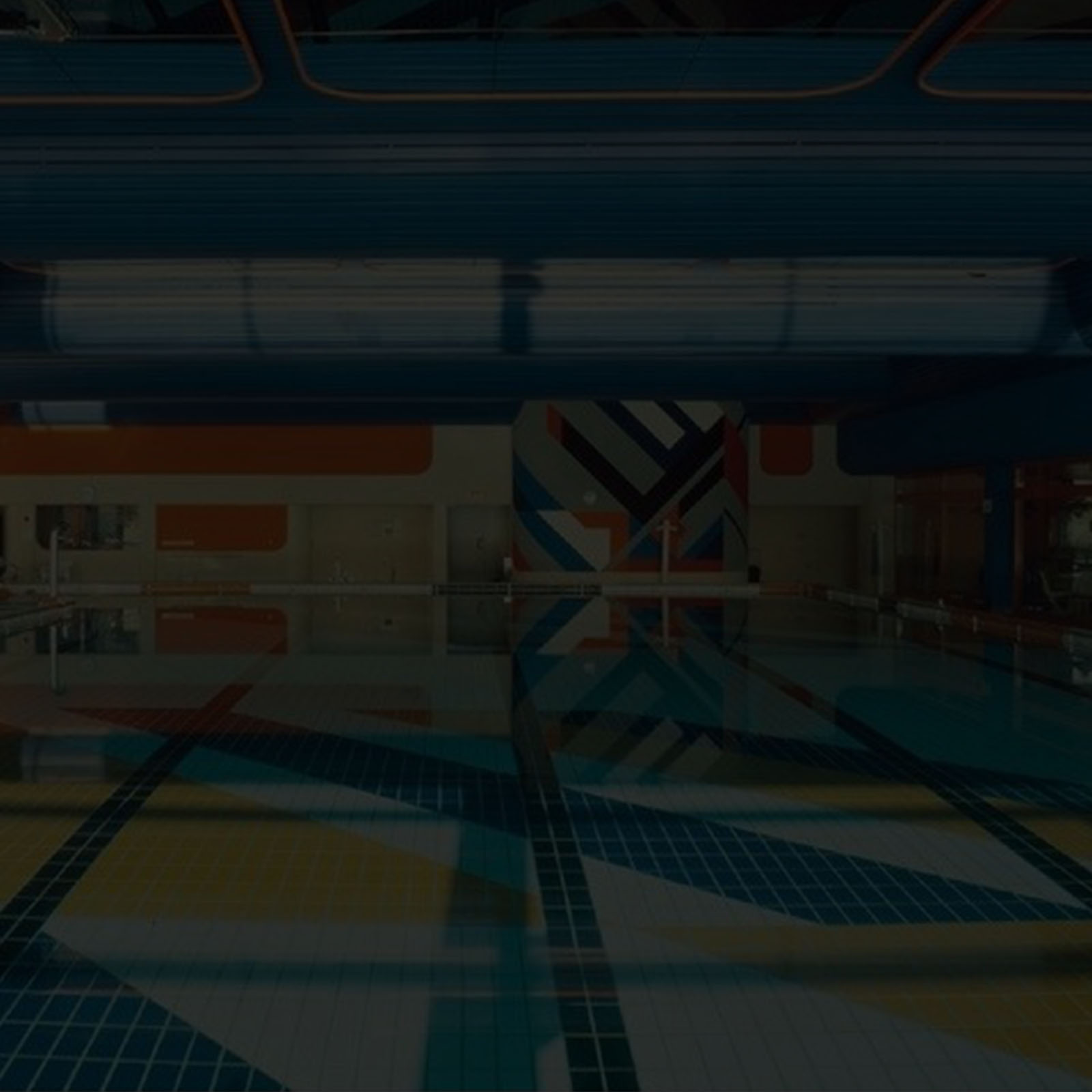Early ElectroMIX is a series to document the history of experimental Electronic music from the 50s to the 80s, composers making use of electronic instruments, test equipment, generators of synthetic signals and sounds… to analog synthesizers…While our sessions document those who make it today my desire is to transmit some pioneering works which paved the way to what we try to create today.
Realizing that most of those seminal recordings were not available I decided to archive them in a contemporary way, DJing-mixing them and while most of the time running several sources together or in medleys I made sure to respect the original intent of each composers as I want to transmit their message rather than mine.
The only one I would dare deliver being that they should not be forgotten…
Philippe Petit / September 2021.
Recorded on 05/06 / 2022 for our series broadcasted on Modular-Station
https://modular-station.com
Tracklist:
Malcolm Clarke – The Sea Devils (Medley) (1972 / BBC) 00:00 > 14:42
Zoltán Pongrácz – Phonothese (1970 / Deutsche Gramophon) 14:28 > 18:02
Peter Beyls – Prints (1974 / Alpha Brussels / Metaphon) 17:32 > 26:56
Yann Geslin – Volumétriques (1983 / INA GRM) 26:40 > 38:47
Dariush Dolat-Shahi – Otashgah Place Of Fire (1986 / Folkways) 37:32 > 53:56
Angus Maclise, Tony Conrad, John Cale – Trance #2 (1967 / Sub Rosa) 53:41 > 58:47
Malcolm Clarke – The Sea Devils (1972 / BBC)
Malcolm Clarke from The BBC Radiophonic Workshop composed that chapter in the legendary British serial: Dr Who. It was his first contribution and was notably more experimental than its usual scores. He had always been something of a maverick, ploughing his own furrow, totally disinterested in rules and often frustrated by others’inability to get his music. Entirely created on the « Delaware » EMS Synthi 100 massive modular synthesizer. Although based on the standard chromatic scale the music eschews conventional tonality and replaces even remotely-recognisable timbre with a palette of weird pulsings and semi-random noise.
A striking work which helped turn this adventure into something really special.

Zoltán Pongrácz – Phonothese (1970 / Deutsche Gramophon)
Realised in the Studio for electronic Music at Utrecht State University, The Netherlands. A series of systematic exercises in the production and transformation of sounds led to an experimental phase from which the composition resulted as an independant project. A short introduction is followed by the main section which consists of continuous and disjointed sounds. Towards the end a climax is reached, followed by a short coda. The formal construction resembles that of traditional examples, the sound material, however, being typically electronic. The sounds only react to one another, not to extra-musical processes.
Zoltán Pongrácz came from Hungary and his electroacoustic works were produced in Hungarian, Czechoslovak, French, Dutch and Yugoslavian studios and presented in the framework of radio programs, concerts and festivals in numerous cities in Europe, North and South America as well as in Japan.

Peter Beyls – Prints (1974 / Alpha Brussels)
Peter Beyls studied electronics, tone techniques and informatics but remained a musical autodidact, it was technology that lead him toward music.
« Prints » was recorded at IPEM in Ghent and develops in three sections. Its first part is made using the EMS VCS3 analog synthesizer and brings forth some extremely diverse electronic material, generated and often immediately transformed by driving voltage generators: signals low in frequency, colorful noises, preprogrammed tone series and sound agglomerates. Beyls then bundled this sonorous starting material by means of a sequencer in diverse patterns, which repeat themselves as returning ostinato figures, which gradually start overlapping more and more due to their respectively different lengths, creating an increasingly intricate knot.
The second part on the other hand utilizes very different material, which was generated with an experimental electronic instrument that Beyls and Michel Weisfish developed together: the Crackle Box project. The aim of this project was to convert cigar boxes into little musical instruments that could be played with the fingers. Sounds were recorded and then transformed by manual protocols such as acceleration, cutting and pasting or inversion.
For the third and final part the composer set up a close circuit where sound generating and transforming modules were linked, creating a strong interaction between the various parameters. Brief reminders of the two previous parts make for a varied and surprising finale.

Yann Geslin – Volumétriques (1983 / INA GRM)
Volumétriques, for 2 synthesizers & bande spatialisee
Trio Instrumental Électroacoustique
To the instrumental range of two synthesizers, Yann Geslin brings the particular qualities of sound in motion in space.
Using an output console, a third instrumentalist breaks up a tape recording of a continuous material and distributes the resulting “sound figures” over different speakers. The number of speakers and their location in the concert hall define the general space in which the figures evolve.
The console’s normal function is thus somewhat modified in order to spatialize sounds. The performer creates a sound (by suddenly pushing the volume control) and gives it a precise location in space, as indicated on the score. This is echoed in the parts for synthesizers where the sound shifts from one speaker to another with a slight rise in pitch (imitating the Doppler effect), an important element in the overall conception of the composition.
Different modifications in speed -acceleration, contraction, dilation, arrested movement…- are the leading elements (on the level of intensities, as well as on that of pitch) of the vocabulary of Volumétriques.
The form is continuous. It is not based on specific thematic elements, but develops in a linear fashion. The different parts generate each other until a culminating standstill point is reached, when the initial idea re-appears and is amplified, stamping the particular character of the composition on the listener’s mind, and bringing the work to a close.

Dariush Dolat-Shahi – Otashgah Place Of Fire (1986 / Folkways)
Where Dariush Dolat-Shahi’s first album with Folkways sought to blend traditional Persian instruments with electronic music, here he uses an exclusively electronic palette to compose an aural odyssey informed by Persian epics. Otashgah: Place of Fire explores the theme of struggle between light and darkness as inspired by the 11th century poet Ferdowsi’s Shah-nameh (“Book of Kings”). As Goldstein comments in the liner notes, “Dolat-shahi’s music achieves its raw power through grand gestures, occasionally, but more commonly through the obsessive repetition of short, blunt ones;” Otashgah forgoes some forms of musical phrasing and “contains a spontaneous, organic, and unpremeditated quality that reflects the philosophy of the composer.”

Angus Maclise, Tony Conrad, John Cale – Trance #2 (1967 / Sub Rosa)
Angus MacLise was a percussionist composer, poet, and calligrapher. He was a member of La Monte Young’s Theater of Eternal Music, with John Cale, Tony Conrad, Marian Zazeela and sometimes Terry Riley. He contributed to the early Fluxus newspaper V Tre, edited by George Brecht and George Maciunas, and was also an early member of The Velvet Underground, having been brought into the group by flatmate John Cale when they were living at 56 Ludlow Street in Manhattan. MacLise played bongos and hand drums during 1965 with the first incarnation of the VU. Although the band regularly extemporised soundtracks to underground films during this era (The Invasion of Thunderbolt Pagoda by Ira Cohen, Chumlum by Ron Rice…), MacLise never officially recorded with them as he left in 1967.
Along with Tony Conrad and John Cale he wanted to work on some purely electronic compositions. Miraculously salvaged by Gerald Malanga, these archives provided a new perspective on the artist’s whole body of work and expanded considerably his artistic palette.

